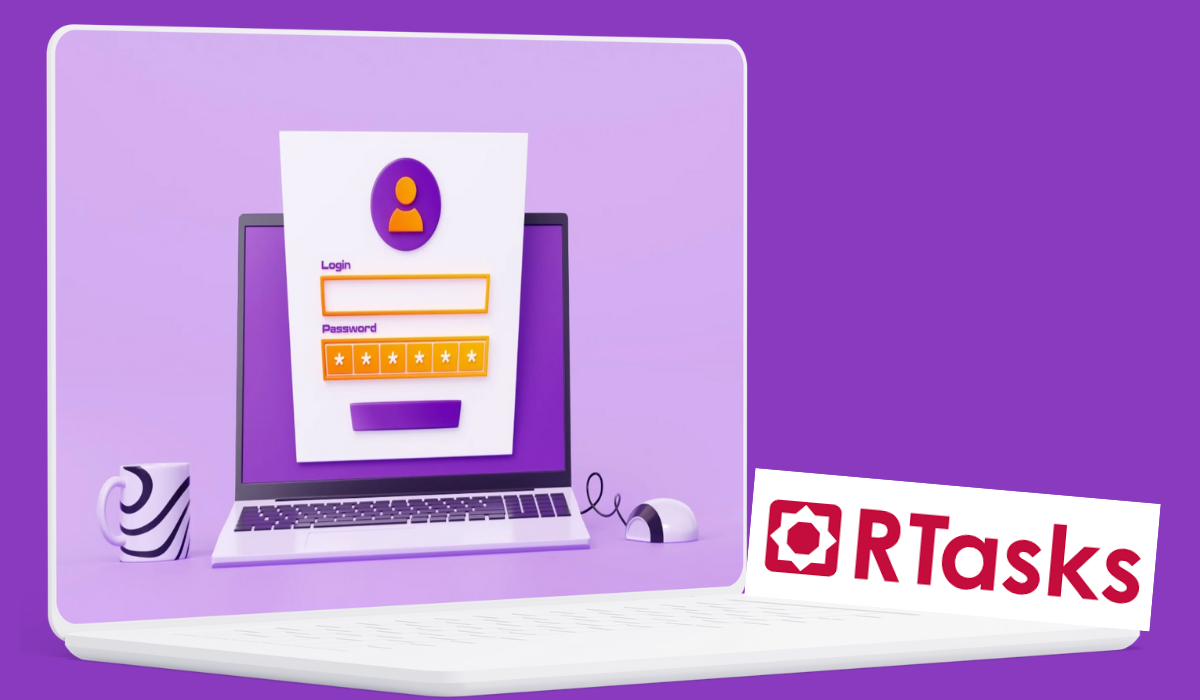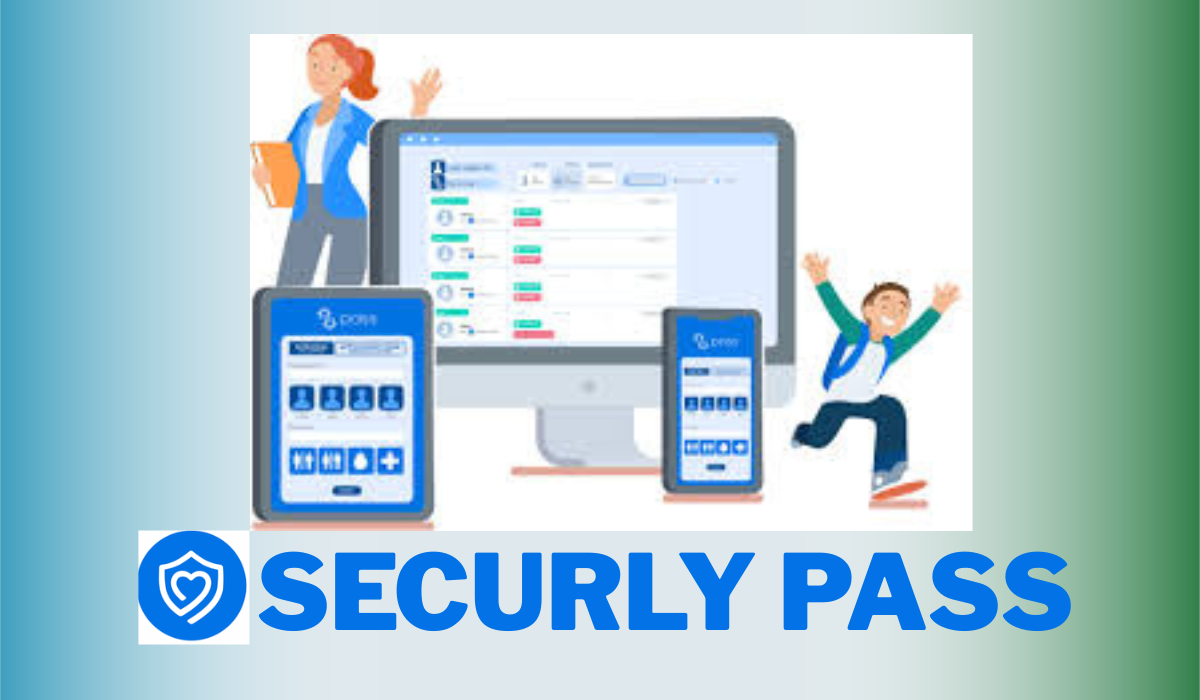In the fast-paced world of cloud integrations, platform events play a crucial role in ensuring seamless communication between applications. However, many organizations fall into what is known as the “platform event trap.” This common pitfall can lead to missed opportunities and inefficient processes if not managed properly. As businesses increasingly rely on these integrations for real-time data exchange, understanding how to navigate this complexity becomes essential. In this blog post, we will explore the nuances of the platform event trap, highlight common mistakes and challenges, and provide actionable strategies to overcome them. Let’s dive in!
Explanation of the Platform Event Trap in Cloud Integrations
The platform event trap occurs when organizations over-rely on platform events for communication between cloud systems. While these events provide real-time data transfer, excessive use can lead to overwhelming complexity and inefficiencies.
When too many events are created, tracking their flow becomes a daunting task. This clutter can hinder performance, making it difficult to pinpoint issues or manage scalability effectively.
Moreover, businesses often struggle with configuring event listeners properly. Misconfiguration may result in missed updates or delayed responses, undermining the very purpose of using platform events.
It’s essential to recognize that while they offer powerful capabilities, unrestrained usage can create bottlenecks rather than streamline processes. Understanding this balance is key to leveraging their full potential without falling into the trap.
Common Mistakes and Challenges When Dealing with Platform Events
One of the most common mistakes when dealing with platform events is underestimating their complexity. Many organizations jump into integrations without fully grasping how these events interact, leading to unexpected behavior.
Another frequent challenge arises from poorly defined event schemas. Vague or overly complicated data structures can create confusion and inefficiencies down the line.
Ignoring governance is also a misstep. Without clear rules on who can publish or subscribe, chaos may ensue as multiple teams try to use the same events differently.
Performance issues often go unaddressed. High volumes of event traffic can overwhelm systems that aren’t prepared for such loads, resulting in delays and dropped messages. Each of these challenges necessitates careful consideration to avoid pitfalls in your cloud integration strategy.
Strategies for Avoiding the Platform Event Trap
To avoid falling into the platform event trap, start by implementing clear event definitions. This ensures that everyone on your team understands what each event signifies.
Next, prioritize filtering events at their source. Reducing noise early can help prevent unnecessary processing and keep your integrations focused on relevant data.
Employ asynchronous processing where possible. By decoupling components in your architecture, you minimize bottlenecks and enhance system resilience.
Monitoring tools play a crucial role too. Use them to track performance metrics and identify spikes in event traffic before they become overwhelming issues.
Establish robust error-handling procedures. Anticipating failures helps maintain smooth operations even when unexpected challenges arise.
Utilizing Built-in Features and Tools to Manage Platform Events
Cloud platforms offer a variety of built-in features designed to manage platform events effectively. Leveraging these tools can significantly streamline your integration processes.
For instance, event replay capabilities allow you to reprocess missed or failed events without losing data integrity. This ensures that nothing falls through the cracks in critical workflows.
Additionally, many cloud services provide monitoring dashboards. These visual insights help track event flow and identify bottlenecks in real-time. By keeping an eye on performance metrics, teams can make informed decisions quickly.
Automated alert systems are another essential feature. They notify you about any anomalies or failures promptly, enabling immediate action before issues escalate.
Using these built-in functionalities not only simplifies management but also enhances reliability across integrations, ensuring a smoother operational experience for businesses engaging with platform events.
Best Practices for Efficiently Handling Platform Events
To handle platform events efficiently, start by designing a robust event schema. This ensures clarity in data structures and reduces confusion during integrations.
Next, implement strict filtering criteria for event subscribers. By limiting the scope of what each subscriber receives, you can minimize unnecessary processing and enhance performance.
Regularly monitor your platform’s performance metrics. Identifying bottlenecks early allows you to make adjustments before they escalate into bigger issues.
Consider leveraging batching techniques when processing multiple events simultaneously. This approach optimizes resource use and accelerates response times across systems.
Don’t overlook thorough testing in a staging environment before rolling out changes. Simulating various scenarios helps identify potential pitfalls without disrupting live operations.
Stay updated with the latest features and best practices from your cloud provider. Continuous learning will keep your integration strategies sharp and effective.
Case Studies of Companies Successfully Managing Platform Event Traps
Several companies have navigated the platform event trap with remarkable success. One notable example is a large retail chain that integrated real-time inventory updates across its e-commerce and physical stores. By carefully structuring their platform events, they minimized data duplication and improved synchronization, ensuring accurate stock levels.
Another case involves a fintech startup using platform events to manage customer transactions efficiently. They implemented strict validation rules within their integration flow, which reduced errors significantly and increased processing speed.
A healthcare provider also found success by leveraging custom notifications for patient data changes. This proactive approach allowed them to maintain compliance while enhancing service delivery.
These examples illustrate how organizations can transform potential pitfalls into robust solutions through thoughtful planning and execution of their cloud integrations.
Conclusion: Importance of Properly Handling Platform Events for Successful Cloud Integrations
Handling platform events effectively is crucial for any organization looking to achieve successful cloud integrations. The nuances of managing these events can often be overlooked, leading to significant challenges like data loss or processing delays.
Understanding the intricacies of the platform event trap allows businesses to better anticipate and navigate potential pitfalls. By recognizing common mistakes and employing strategies designed to avoid these traps, companies can streamline their integration processes significantly.
Utilizing built-in features and tools provided by your cloud solution enhances efficiency when dealing with platform events. Following best practices ensures that all teams are aligned in their approach, reducing confusion and enhancing overall performance.
Case studies have shown how various organizations successfully managed platform event traps through strategic planning and execution. These real-world examples serve as valuable lessons for those currently facing similar challenges.
Prioritizing proper management of platform events not only improves operational effectiveness but also fosters a more resilient integration environment. Embracing this mindset empowers organizations to leverage the full capabilities of their cloud solutions while avoiding unnecessary setbacks along the way.





